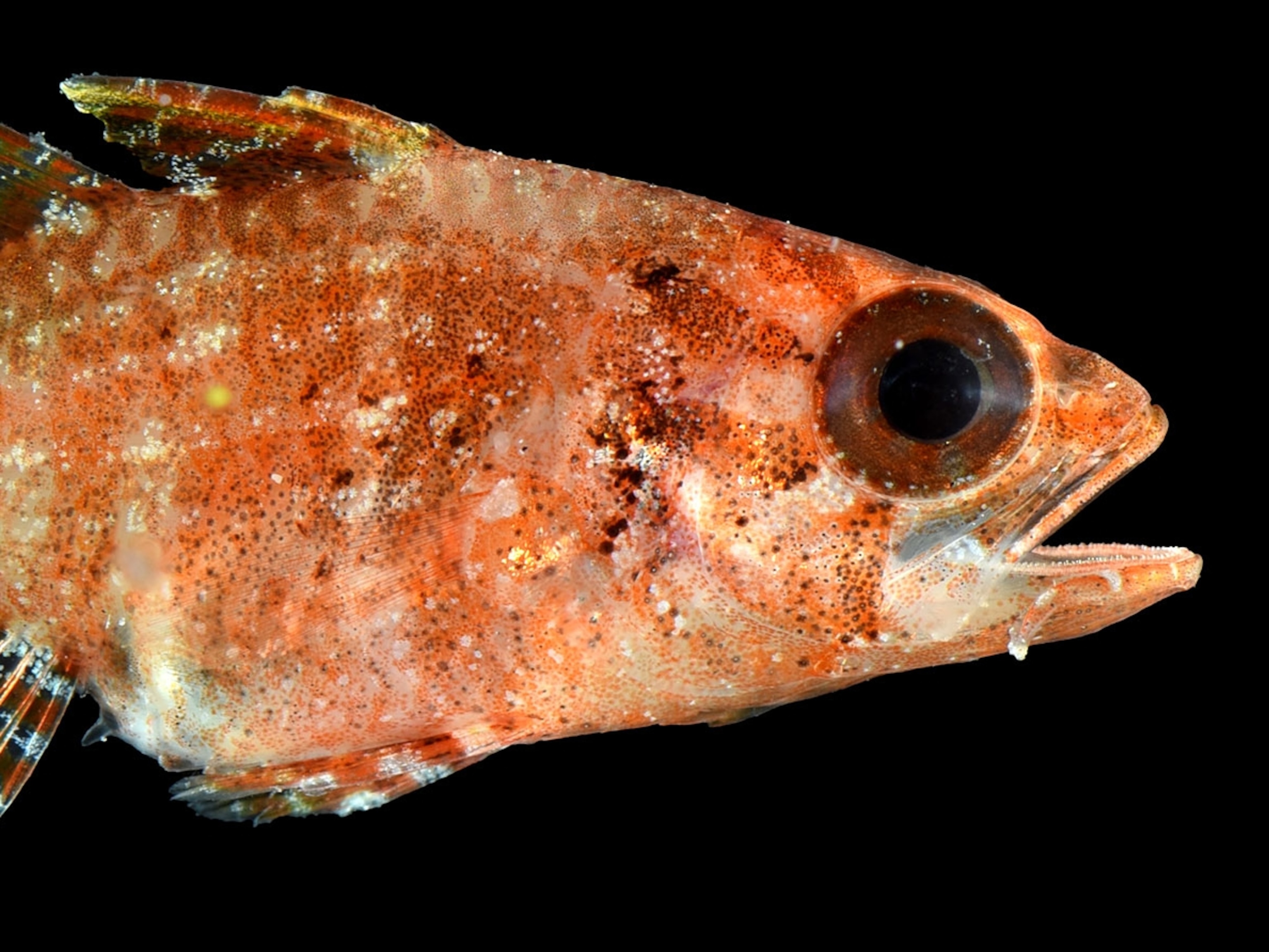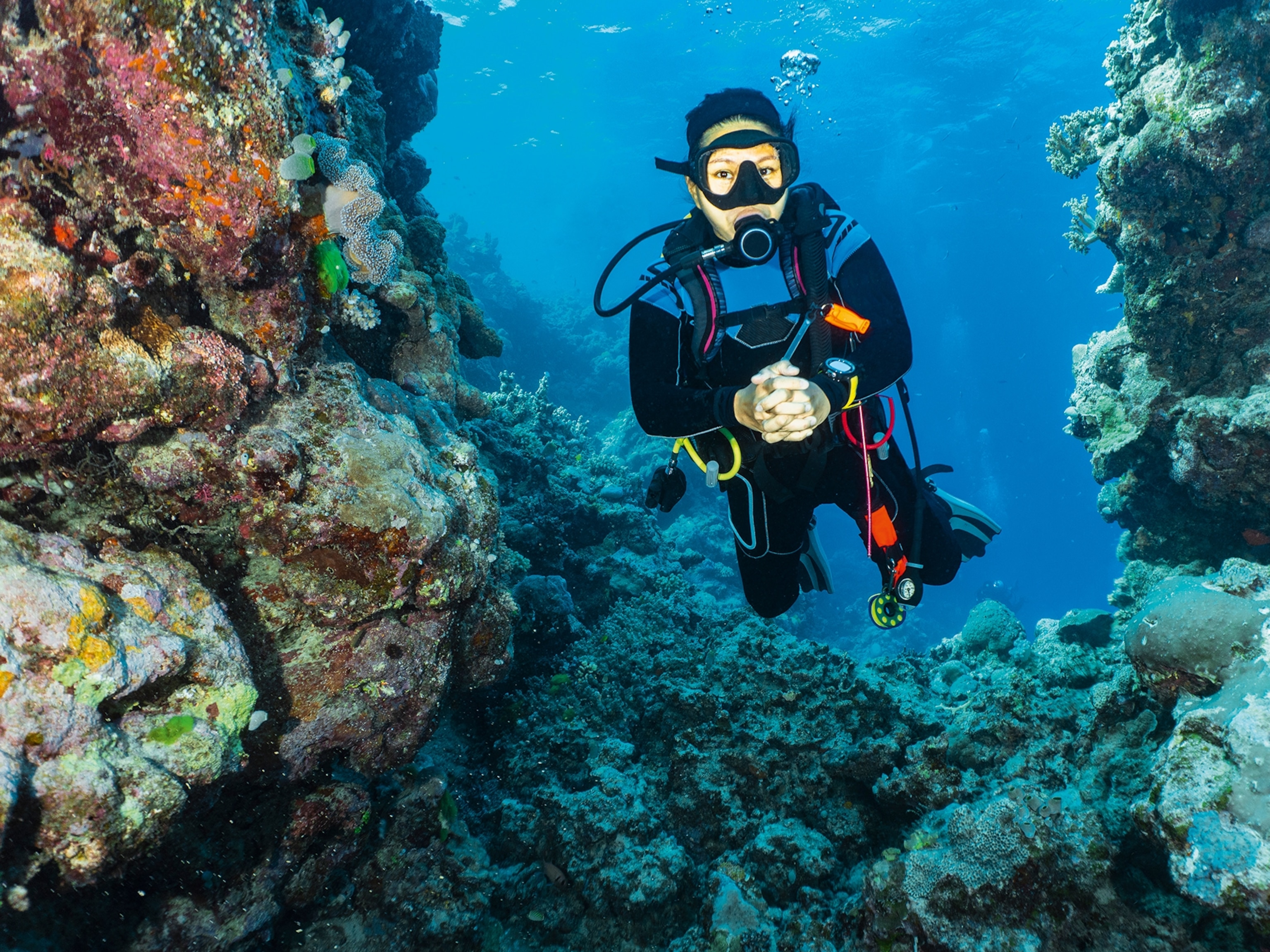
"Superbird" Cormorant's Deep Dive Caught on Video—A Surprising First
"It's a new behavior—people didn't know about this before," expert says.
Scientists in Argentina recently attached a lipstick-size video camera to an imperial cormorant's back. The result? Footage of the so-called Superbird diving 150 feet (46 meters) to the seafloor to catch a fish—far deeper than researchers thought cormorants could plunge.
"Superbird" Video: Watch Imperial Cormorant's Seafloor Dive
The bird's-eye view footage shocked researchers, according to the Wildlife Conservation Society (WCS), which teamed up with the National Research Council of Argentina (CONICET) on the project and released the cormorant video Tuesday.
"The assumption was that they fed on the surface, or just below the surface," said WCS biologist Martin Mendez, spokesperson for the project, which was led by CONICET biologist Flavio Quintana.
"This is the first time we have seen them diving to the floor. It's a new behavior—people didn't know about this before."
(Picture: Cormorant Flings Octopus.)
Imperial cormorants gather in large colonies on land, but when they leave to feed, they fly solo, and researchers weren't sure why the birds stop in certain places. The virtual tag-along ride was intended to help solve that mystery.
"The team wanted to document the situation of where these animals fed, what they were looking at," Mendez said. "They wanted to see what it was the animals were seeing ... "
A cormorant generally returns to the same nest, "so if you mark the nest, you know which animal is going to come back to it, and you can track them and [retrieve] the camera there."
(See an award-winning picture of a diving cormorant penetrating a "globe" of fish underwater.)
Already turning heads online, the video may draw attention to the cormorant flocks of Argentina—a welcome development, according to Mendez. Discoveries like this can affect which natural habitats the Argentine government chooses to preserve.
"We think it's going to influence the protection of this area," he said.
More: Learn another diving bird's secret for staying under up to 20 minutes >>





